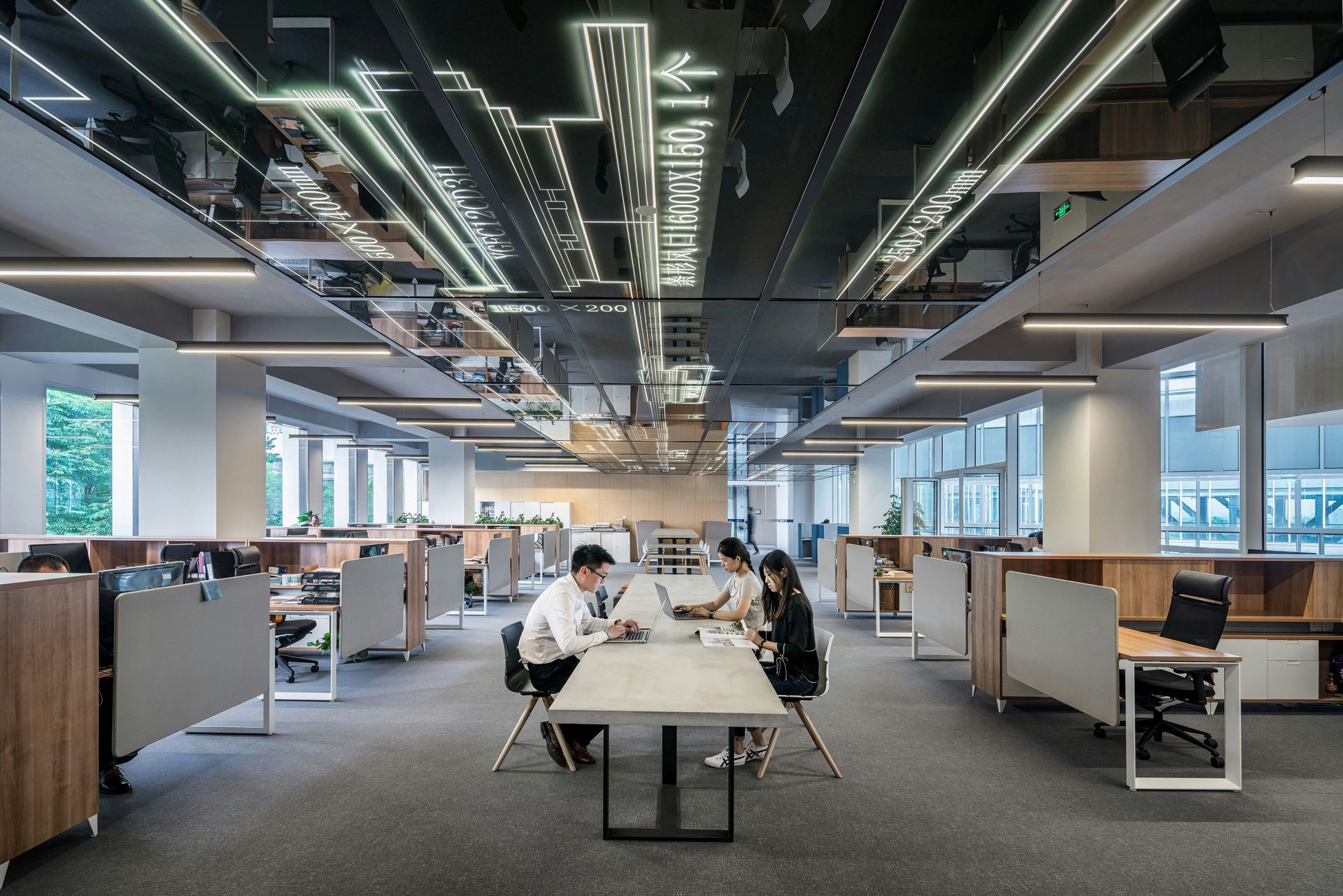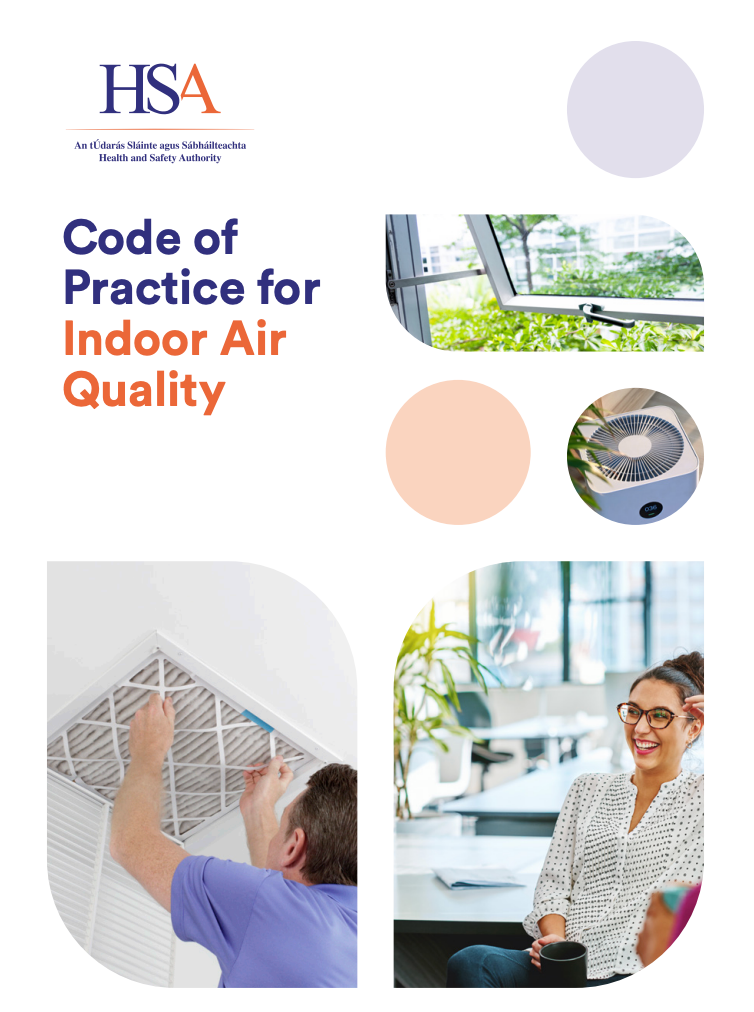We all enjoy the comforting warmth of home in the cold season, and as the temperatures drop, we all start relying more on heating systems and fuel-burning appliances. Unfortunately, these joys come with hidden dangers for our health. Sealing our windows and doors to keep the cold out traps harmful gases from our appliances, affecting the indoor quality in our homes and, subsequently, our health.
Among these gases, carbon monoxide (CO) is a particularly serious threat that has rightfully earned its nickname "the silent killer", as its presence in the air can lead to severe health risks and, in the worst cases, death.
To help you protect yourself and your loved ones this winter, our team of air quality assessment consultants has compiled a guide with more information on CO and some simple yet effective steps you can take to monitor its presence in your home.
What is Carbon Monoxide?
Carbon monoxide (CO) is a toxic, odourless, and colourless gas, impossible to notice with the naked eye. As such, it is incredibly dangerous if present in high concentrations in your home.
Often produced when heating systems, fireplaces, stoves, and other fuel-burning appliances are used improperly, carbon monoxide can also result from these systems malfunctioning. Being impossible to see or smell, CO can quickly build up when we close our doors and windows to keep the warmth in during colder months, increasing the risk of respiratory issues developing.
What Are the Threats CO Poses?
Because carbon monoxide is silent and untraceable without a CO detector, the indicative signs of poisoning can't be stressed enough. The earliest signs are subtle, so it's imperative that you know what symptoms to look out for.
Early symptoms:
- Headaches
- Dizziness
- Confusion
With prolonged exposure, symptoms may progress to:
- Nausea
- Unconsciousness
- Death
To prevent fatal outcomes, it is important to take preventive measures and learn how to monitor the levels of CO in your home so you can avoid these risks.
How to Detect Carbon Monoxide at Home?
There are several ways you can make sure your CO levels are in the optimal range and don't pose any risks to your health.
Install CO Detectors
Installing CO alarms is the most effective way to detect the gas. These devices are specifically designed to sound an alert when the levels of CO rise to a dangerous level so you can take further measures. However, we do recommend installing the detectors on every floor of your home, especially near sleeping areas, as CO poisoning can occur while you're asleep, leaving you unaware and at greater risk of danger.
For ultimate protection and security, we suggest placing the alarms at least 15 feet away from any fuel-burning appliances you have running to avoid any false readings.
Do remember to regularly check the batteries to ensure the alarms are working properly and ready to protect you at all times.
Monitoring Physical Signs of CO
Despite being impossible to detect with the naked eye or by smell, some physical signs may indicate that CO levels have risen higher than normal.
Keep an eye on soot stains around vents or appliances and condensation on windows, as these can also be potential indicators of CO buildup in your home. If you notice the colour of the flames in your gas appliances is yellow or orange instead of blue, it could be a sign of incomplete combustion and a CO leak. The same goes for pilot lights that frequently blow out.
If you are experiencing any of these signs or any of the symptoms mentioned above and you suspect there is a CO leak, we advise you to do the following:
- Turn off the gas appliances if it is safe to do so.
- Open doors and windows to thoroughly ventilate
- Go outside for fresh air.
- Seek medical assistance to prioritise your health and safety.
- Contact the National Gas emergency for immediate support and advice.
Regularly Check & Maintain Your Heating Systems
One of the best things you could do to keep your indoor air quality fresh and clear is to perform regular maintenance on heating systems and appliances in your home. We highly recommend having an air quality professional perform a carbon monoxide risk assessment in your home, thoroughly inspect and service your heating systems annually to ensure they function safely, and give advice and support if they need to be updated with new ones.
Also, remember to clean and check your fireplaces and chimneys for blockages! This will ensure the proper, healthy airflow in your home.
Regular maintenance is not only about preventing CO leaks. It can also extend the lifespan of your appliances, keeping your home warm and safe during the colder months.
What Levels of CO Are Acceptable For Optimal Indoor Air Quality?
CO levels in the air can vary, and small amounts are generally not harmful. However, understanding the thresholds for safe and hazardous exposure is important to keep a safe environment.
The World Health Organisation (WHO) provides some helpful guidelines to help distinguish between safe and dangerous levels of CO:
Acceptable Indoor CO Levels:
Below 9 ppm (parts per million) for continuous exposure over an 8-hour period.
Short-term Exposure Levels:
- 50 ppm may cause mild symptoms (e.g., slight headache, fatigue) after several hours.
- 70 ppm can cause headache, dizziness, and nausea may occur.
Hazardous Levels:
- 150–200 ppm can lead to disorientation, unconsciousness, and life-threatening conditions within hours.
- 400 ppm will pose a risk of severe symptoms and unconsciousness within 1–2 hours, with fatality possible after 3 hours.
The Importance of Ventilation to Keep Low CO Levels
Despite the temptation to seal your home shut during the cold months to keep the warmth in, ventilating your home will maintain safe levels of CO indoors. Fresh air will dilute any other indoor pollutants, so proper air circulation in the house must be ensured.
So, if you have ventilation systems in place, consider upgrading them to meet the modern standards. It will make a huge difference, as modern appliances are designed to keep the air fresh while also keeping the heat in, such as mechanical ventilation systems such as heat recovery ventilators (HRVs). These will transfer the heat from outgoing air to incoming air, keeping you comfortably warm and the air fresh and clear.
However, there is no need to have an advanced system to keep CO levels safe. One simple way to maintain air circulation without losing heat is to use exhaust fans in kitchens and bathrooms to keep air moving around the house. You can do that when these rooms are not in use. And don't be afraid to open windows for brief periods throughout the day, especially when cooking or using appliances that burn fuel.
Following these minor adjustments can significantly improve your indoor air quality and reduce the risk of carbon monoxide buildup and the health threats it poses.
Leveraging Technology for Safer Homes
In today’s digital age, technology plays a vital role in enhancing home safety, and air quality is no exception.
The CO detectors mentioned earlier are a very reliable measure for managing and assessing CO levels. According to the UK Health & Safety Executive, 60 deaths occur annually caused by CO poisoning. However, thanks to CO detectors, over 200 cases have been non-fatal, and many lives are saved every year because of these devices.
But if you want to upgrade your CO detectors, there are new versions with modern technology that can connect them to smart home networks. In this way, you can receive notifications on your smartphone or other devices as soon as dangerous levels of carbon monoxide are detected.
And if you want to go further, air quality monitors are devices that can really help homeowners fight that dangerous CO buildup. They are programmed to continuously track levels of CO and other pollutants like volatile organic compounds (VOCs) and particulate matter. The best part is that they provide you with real-time data about your environment so you can very quickly take the right measures to improve your air quality.
Installing air monitors in your home will ensure you address any potential threats before they become serious health risks. These systems can also be integrated with your home ventilation systems and take charge, automatically managing airflow for you.
So, if you want to rest assured there is nothing dangerous in the air, we strongly recommend exploring modern CO detectors and air quality monitor technology on the market. They will give you peace of mind and ensure the safety of your loved ones.
Some Practical Safety Tips for the Holiday Season
Another precaution you can take is to be mindful of the fuel-burning appliances you use during the holiday season. Avoid using outdoor devices, such as grills or camp stoves indoors. These are designed for outdoor use for a reason, as they can quickly produce dangerous levels of carbon monoxide when used in enclosed spaces.
Another thing to keep in mind is that winter weather often brings snow and debris into your vents and flues, so keeping them clean is very important to maintain healthy air quality. Snow buildup or blockages can occur around chimneys, furnace vents, and dryer exhausts, all of which can increase CO buildup. We suggest making it a habit to check these areas regularly, especially after heavy snowfalls.
Lastly, always monitor your fuel-burning appliances when in use. Never leave fireplaces, gas stoves, or space heaters running unattended for long periods of time. And don't forget to check whether their ventilation is properly functioning.
Follow these tips this holiday season, and you can be sure your health and that of your loved ones will be protected.
Healthy Air Quality This Festive Season
As we've seen, the risks of carbon monoxide during the colder months are real and can be life-threatening. So, make sure that your home is equipped with CO alarms to monitor indoor air quality and that your ventilation systems are running properly to maintain healthy airflow.
Our team also strongly suggests you consider upgrading to modern indoor air quality monitors and taking proactive measures to enjoy the warmth of your home while also keeping carbon monoxide and other pollutants at bay.
And if ever in doubt, don't hesitate to consult Ultra Protect to assess and monitor your environment. We are always here to help you have a healthier home environment where the air is clear and healthy so you can enjoy the festive season without any danger or worry.







